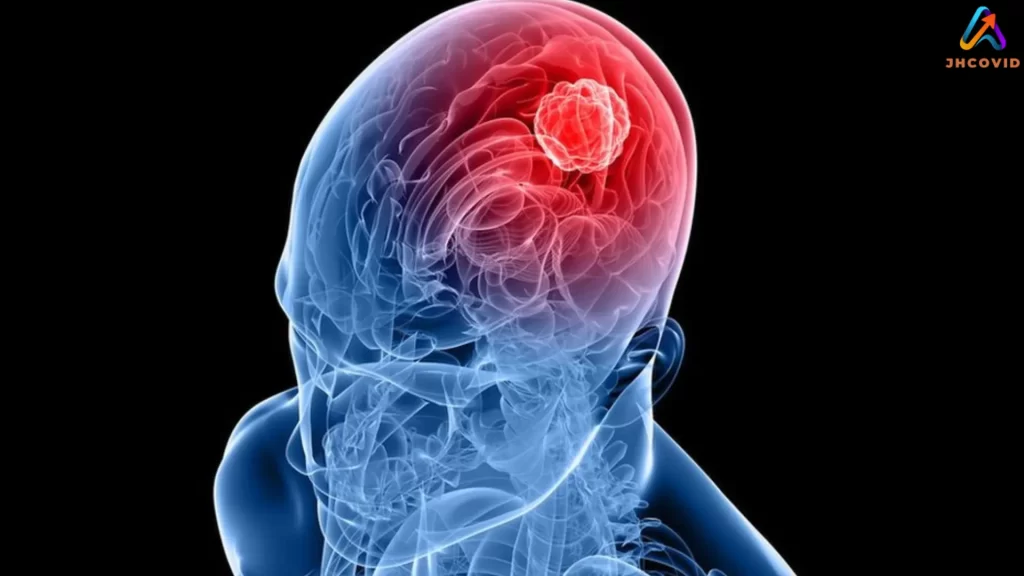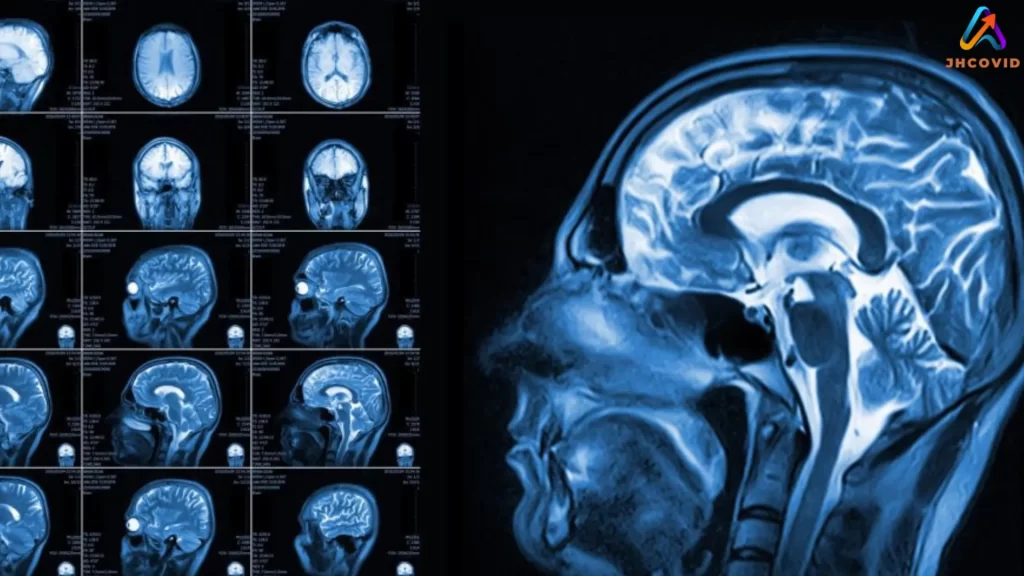Table of Contents
The Basics of Glioblastoma

Glioblastoma represents a formidable challenge within the realm of brain cancers. Its aggressive nature and rapid progression make it particularly difficult to treat. This tumor type is characterized by the infiltration of cancerous cells into surrounding brain tissue, often leading to high recurrence rates even after attempts at surgical removal.
This aggressive infiltration complicates treatment, posing a significant threat to patient health and life quality.
The mission of organizations like the Glioblastoma Foundation is crucial, as they provide resources, support, and fund research to understand and combat this challenging cancer. These efforts are vital in a field where every new discovery brings us closer to more effective, life-extending treatments.
Understanding glioblastoma is the first step toward developing targeted therapies that can potentially overcome the limitations of current treatment methods.
Current Treatment Approaches
The treatment landscape for glioblastoma currently relies heavily on a combination of surgery, radiation therapy, and chemotherapy. These strategies, though standard and somewhat effective in extending survival, are unfortunately insufficient in delivering long-term control over the disease. The resilience of glioblastoma against these treatments remains a daunting barrier.
As a result, scientists are always trying to figure out how to get beyond the blood-brain barrier, which serves as the brain’s natural defensive system but also keeps out the majority of medicinal medications. Techniques like convection-enhanced delivery are being explored to allow high concentrations of drugs to reach the brain directly.
This innovation could revolutionize how therapeutics are administered, potentially increasing the effectiveness of drug treatments.
Exploring Immunotherapy
Immunotherapy is a promising frontier in glioblastoma treatment, offering hope by empowering the body’s immune system to fight cancer. The idea is that by enhancing the immune system’s ability to recognize and target cancer cells, these therapies could provide a more systemic and sustained defense against tumor cells.
Checkpoint inhibitors, which help cancer-fighting T cells recognize and attack cancer cells, and CAR T-cell therapies, which modify a patient’s T cells to better target glioblastoma cells, are at the forefront of this research. Recent studies suggest that these treatments may help increase survival rates and reduce relapse among certain populations of glioblastoma patients.
They are part of a broader effort to develop therapies that target symptoms and tackle the root cause of tumor growth.
The Promise of Personalized Medicine

In the quest to outsmart glioblastoma, personalized medicine offers a glimmer of hope. By tailoring treatment strategies to the genetic makeup of a patient’s tumor, doctors can potentially improve treatment effectiveness and reduce adverse effects. The advent of comprehensive genetic sequencing has made it possible to identify the mutations that drive glioblastoma in ways that were previously not possible.
Researchers are optimistic that targeted therapies arising from this approach will lead to highly individualized treatment plans. These plans could transform glioblastoma therapy from a one-size-fits-all model to a more precise, effective approach, offering new hope to patients who have exhausted other options.
Advancements in Research
Advancements in glioblastoma research are constantly expanding our understanding of this aggressive brain tumor. Cutting-edge laboratory studies and innovative clinical trials are contributing to a comprehensive picture of the genetic and molecular drivers of glioblastoma, a type of brain cancer. This knowledge forms the foundation of new therapeutic approaches and informs the development of novel treatment strategies.
For example, researchers have uncovered genetic markers that might predict how a patient with GBM will respond to specific treatments. Identifying such biomarkers helps personalize treatment plans for GBM and informs the design of more effective drugs. With these insights, the potential to revolutionize treatment protocols for gbm is vast, promising a future where glioblastoma can be managed more efficiently and effectively.
Also Read: The Ultimate Guide to Elderly Living Options for Your Old Grandma
Role of Clinical Trials
The foundation of medical research, especially in the area of glioblastoma treatment, is clinical trials. They test the efficacy and safety of new therapies for brain cancer and provide invaluable data that inform future treatment guidelines. For patients, clinical trials represent an opportunity to access potentially groundbreaking therapies that aren’t available through standard treatment channels for brain cancer.
Successes in clinical trials not only offer new hope to current patients with brain tumors but also contribute to a growing body of evidence that can lead to regulatory approval of new treatments. These trials are essential for translating the latest scientific discoveries into real-world solutions, bridging the gap between research and practical application in medical settings.
Challenges in Treating Gioblastoma
Despite promising advances, treating glioblastoma continues to pose considerable challenges. The aggressive nature of the tumor, including its ability to infiltrate surrounding brain tissue and resist conventional therapies like radiation therapy, complicates treatment efforts. These challenges necessitate continued innovation and research to develop therapies that counteract these characteristics.
Efforts to address these challenges include focusing on multidisciplinary collaboration and bringing together experts from various fields to tackle glioblastoma from multiple angles, considering various risk factors. By doing so, the medical community aims to develop strategies that improve patient outcomes and extend survival, ultimately increasing the quality of life for those affected by brain tumors.
The Road Ahead
Looking to the future, the treatment of glioblastoma is poised to benefit from the culmination of research, innovative therapies, and dedicated efforts from the global medical community addressing brain cancer. Although there is much work to do, the advances thus far offer hope for patients and their families facing brain tumors.
Building on current knowledge and fostering collaboration among researchers, clinicians, and patients will be crucial in discovering and refining treatments to conquer this formidable cancer. Although there will be obstacles, the possibility of revolutionary discoveries in brain cancer treatment makes the journey valuable.
Final Thoughts
In conclusion, the future of glioblastoma treatment shows promise with ongoing research and emerging therapies that aim to tackle this aggressive type of cancer. Innovations in immunotherapy and personalized medicine are paving the way for more effective, tailored approaches that improve patients’ survival rates and quality of life.
Additionally, the dedication of organizations focused on glioblastoma research is crucial for fostering collaboration among researchers, clinicians, and patients. While challenges remain, the collective efforts of the medical community to innovate and refine treatment protocols hold the potential for transformative breakthroughs in managing this formidable disease.






